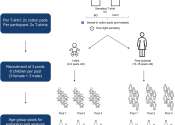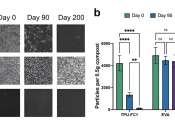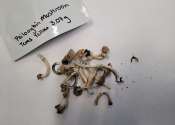Researchers explain the dissimilar smells of babies and teenagers
A team of aroma chemists at Friedrich-Alexander-Universität Erlangen-Nürnberg, working with psychologist colleagues from the Technical University of Dresden, has uncovered the reasons for the dissimilar smells between babies ...









